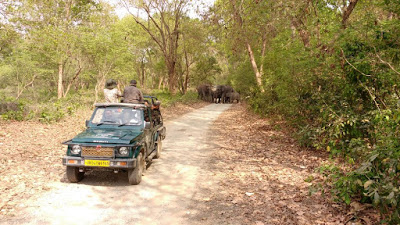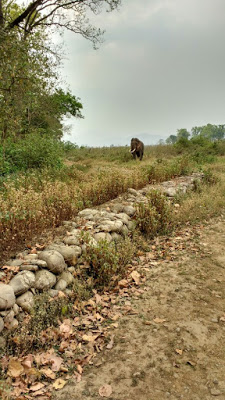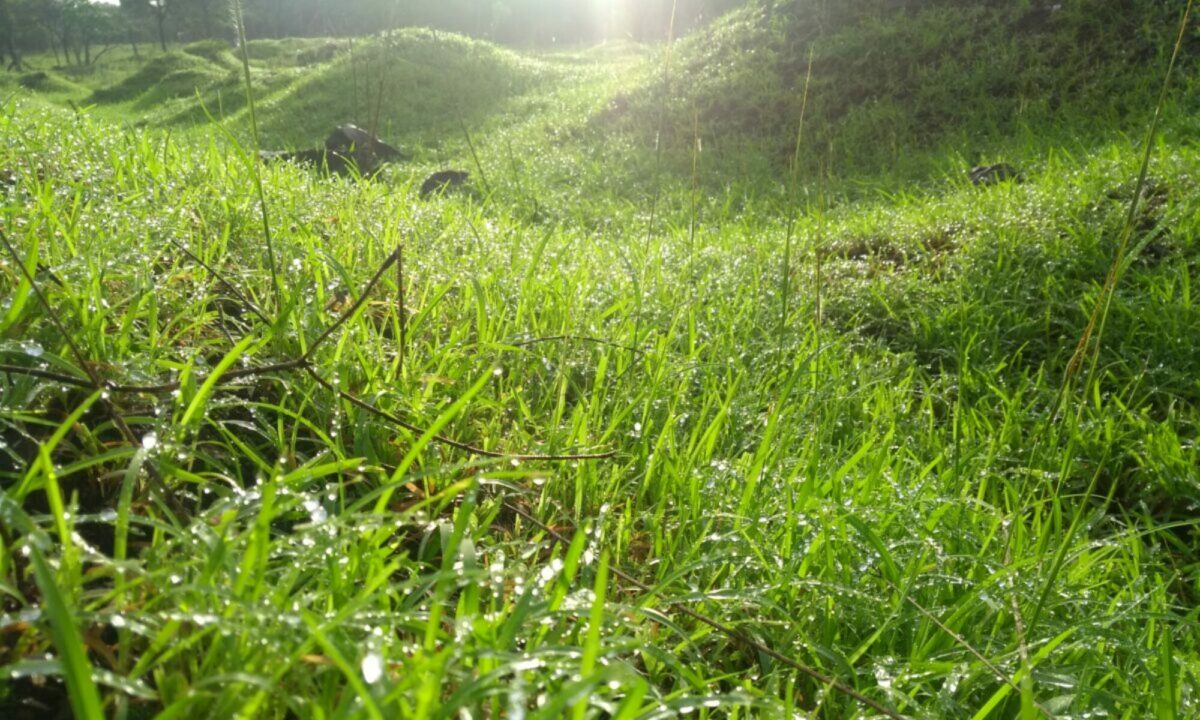
Welcome!
We are with the 2018 April AtoZ Blogging challenge and its my fifth attempt. For those who missed it, here is the link to my Theme Reveal post. Do the alphabets still stand for the same things we learnt about in Nursery school?
Its day five and the alphabet is E.
E is for Elephant. The first thing that will come to our minds (especially those from India) is the Elephant God Ganesha.
But today I want to share some images of elephants that we saw on a trip to the famous Corbett National Park. Here it is possible to view them living in free and in the wild. Its a common site to see herds of the gentle giants walking in the plains…
At times they do block our path and at such times, there is nothing to be done except wait. Patience is what is needed and tons of it! Sometimes they turn aggressive as they perceive the vehicles to be a threat to their calves
 |
| Obviously the elephants have right of way in the forest! |
Going by the scientific name of Elephas maximus, the Asiatic elephant now lives free and in the wild only in specific protected forests. SInce 1986 the IUCN Red List, has listed it as Endangered. They live in matriarchal society led by a cow. Males (called Tuskers) generally leave the herd when they become adults and often spend time alone. In fact, one must be very careful when a tusker is sighted especially if he is in a state of musth.
The above clip is of a lone tusker walking on the edge of some trees. Here is close up of the same guy
 |
| Same tusker, that’s about as close as we could safely get. Naturally, the vehicle driver had the engine running incase we needed to make a quick get-away |
These animals are herbivores and consume up to 300 kgs of grass,herbs,leaves everyday.
That’s right. Everyday.
The figure itself tells us the reason why elephants are constantly on the move- to search for fresh food. One herd will quickly exhaust available plants in a particular area and all have to keep moving to get sufficient food to eat.
Intelligent as they are, they avoid consuming mud that clings to uprooted plants. How? Simply by just swinging the tufts and tapping it on the ground!
Watch it on the video below. (Video Credit : Mr Alhad Lele)
In summer, they also ‘spray’ themselves with the soft loose mud using their trunks. Strange as it may sound, this is said to keep them cool! Obviously, the animals love to take a dip in the water too!
Have you seen elephants out in the wild? Have you visited Corbett?
If not, add this place to your bucket list ASAP. Its wonderful!
